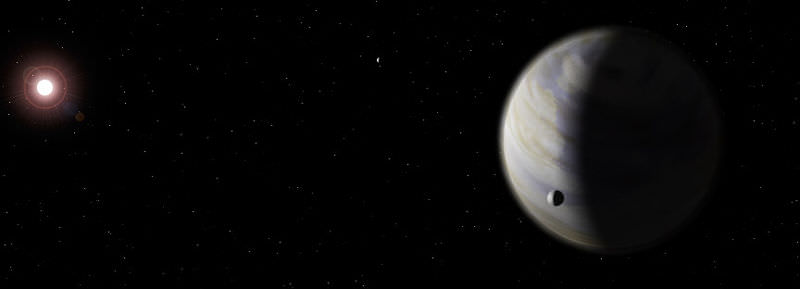
The conclusion is that Gliese 581d is potentially habitable. The potential for surface water exists for a “wide range of plausible cases”. Ultimately, they all depend on the precise thickness and composition of any atmosphere. Since the planet does not transit the star, spectral analysis through transmission of starlight through the atmosphere will not be possible. Yet the team suggests that, since the Gliese 581 system is relatively close to Earth (only 20 lightyears), it may be possible to observe the spectra directly in the infrared portion of the spectra using future generations of instruments. Should the observations match the synthetic spectra predicted for the various habitable planets, this would be taken as strong evidence for the habitability of the planet.
http://www.universetoday.com/85474/update-on-gliese-581ds-habitability